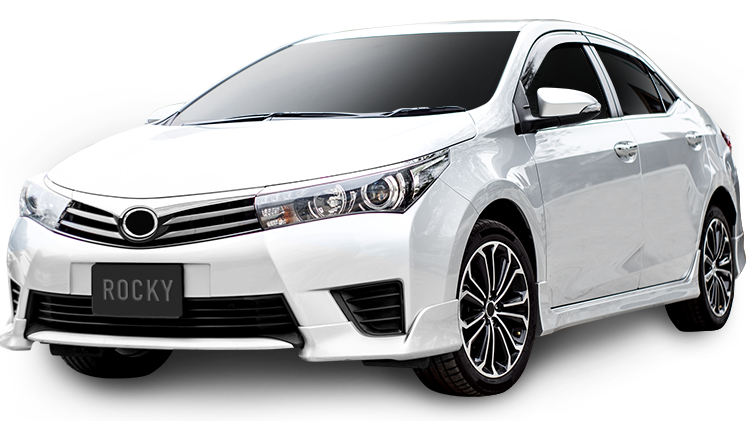Renault Megane Windshield Replacement Cost
The Renault Megane, introduced in 1995, quickly captured attention as a compact favorite, succeeding the Renault 19. Known for its versatile designs—ranging from coupe to hatchback models—the Megane has become a staple in Renault’s lineup. One fascinating trivia is that the Megane II was the first car worldwide to achieve a 5-star Euro NCAP safety rating in 2002, setting a new standard for vehicle safety.
When it comes to the cost of a windshield replacement for the Renault Megane, several factors come into play. One key aspect is the presence of Advanced Driver-Assistance Systems (ADAS) in later generations, especially models from 2016 onwards. With technology like lane departure warning and automatic emergency braking often integrated into the windshield area, replacements can become more complex and costly.
Trim levels also impact pricing. Higher trims may feature additional technological enhancements, augmenting the time and expertise needed for proper installation. The introduction of new trims or features, such as the more advanced sensor arrays in the Megane IV, can further drive up costs.
Availability of aftermarket parts significantly affects windshield replacement expenses. Models from the Megane III era, due to their age, might have more readily available aftermarket options, potentially lowering costs. However, more recent redesigns or unique characteristics in newer Meganes may necessitate the use of OEM parts, driving up the expense.
In addition, the 2008 redesign marked a significant change with the Megane III, incorporating more complex technological components, thereby influencing current windshield replacement costs. These major redesigns and the integration of specialized sensors can make a notable difference in the price associated with windshield replacements over the various model years of the Renault Megane.
Get in touch with Auto Glass Estimator™ today to sort out your auto glass problems. We’re here to help!
Renault Megane Average Windshield Replacement Cost By Year
Not all windshields are built—or priced—the same. The cost to replace the glass on a Renault Megane depends on its year, trim level, and the amount of technology integrated into the windshield itself. Our average pricing reflects real-world replacement data across thousands of vehicles, then adjusts for the specific features found on your Renault Megane. Here’s how the range breaks down:
High-End Range
Some Renault Megane configurations—especially newer or premium trims—come equipped with Advanced Driver Assistance Systems (ADAS) such as lane-keeping cameras, rain sensors, heated glass, or heads-up displays.
These require OEM-grade glass and a full ADAS recalibration after installation. Because of the precision equipment and labor involved, these versions land at the top end of the price range.
Mid-Range
Many modern Renault Megane vehicles include a few key sensors, like forward-collision or lane-departure cameras, but don’t need OEM glass. These jobs involve some recalibration and additional setup beyond a simple install, which places them in the middle of the pricing spectrum.
Low-End Range
Base trims or older Renault Megane versions usually feature plain laminated glass with no built-in electronics. These are the most straightforward to replace, requiring no recalibration or specialty parts, and therefore fall in the lowest cost tier.
| Year | Average Price |
|---|---|
| {Year1} | {Price1} |
| {Year2} | {Price2} |
| {Year3} | {Price3} |
| {Year4} | {Price4} |
| {Year5} | {Price5} |
| {Year6} | {Price6} |
| {Year7} | {Price7} |
| {Year8} | {Price8} |
| {Year9} | {Price9} |
| {Year10} | {Price10} |
| {Year11} | {Price11} |
| {Year12} | {Price12} |
| {Year13} | {Price13} |
| {Year14} | {Price14} |
| {Year15} | {Price15} |
| {Year16} | {Price16} |
| {Year17} | {Price17} |
| {Year18} | {Price18} |
| {Year19} | {Price19} |
| {Year20} | {Price20} |
| {Year21} | {Price21} |
| {Year22} | {Price22} |
| {Year23} | {Price23} |
| {Year24} | {Price24} |
| {Year25} | {Price25} |
| {Year26} | {Price26} |
| {Year27} | {Price27} |
| {Year28} | {Price28} |
| {Year29} | {Price29} |
| {Year30} | {Price30} |
| {Year31} | {Price31} |
| {Year32} | {Price32} |
| {Year33} | {Price33} |
| {Year34} | {Price34} |

